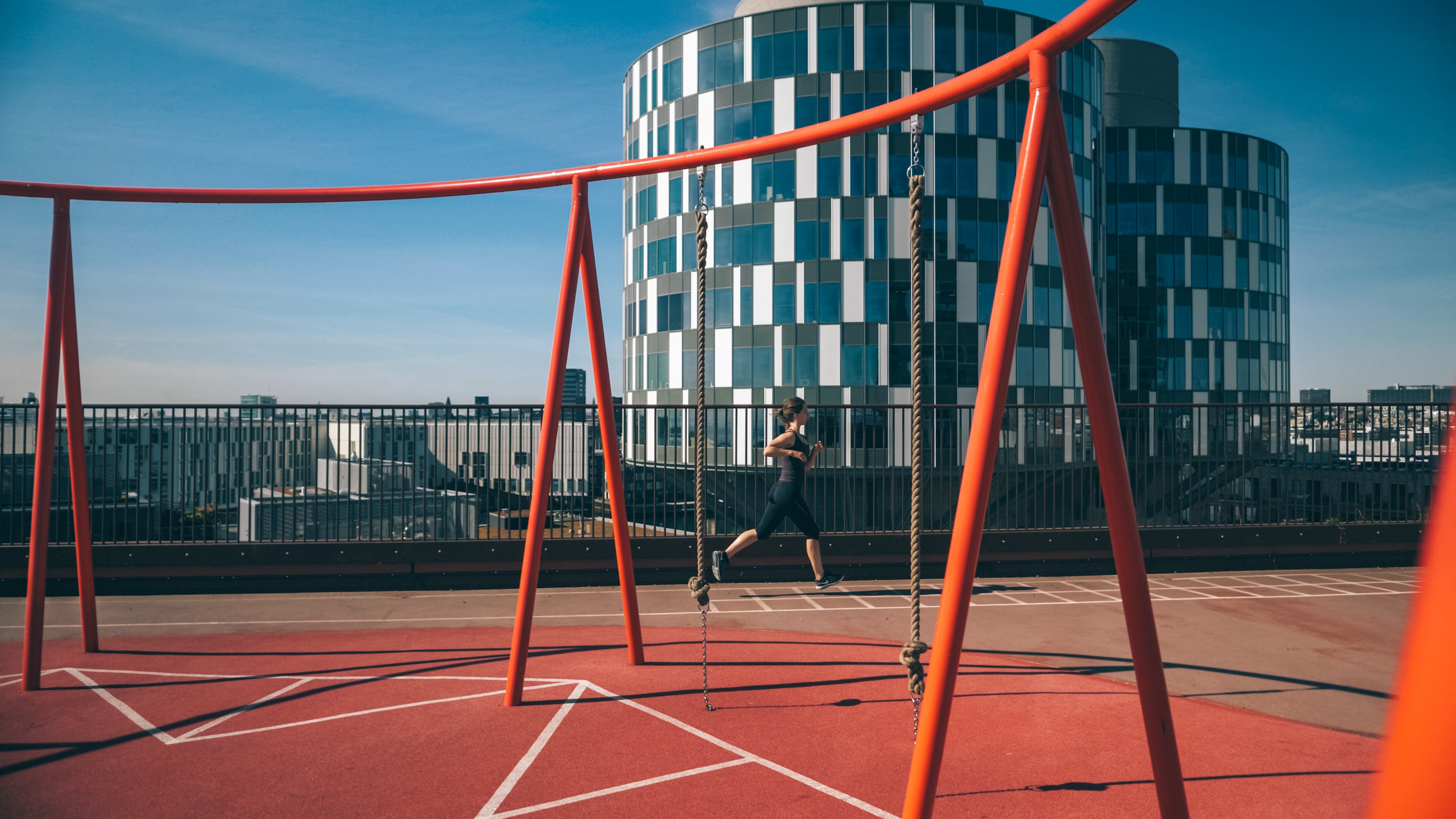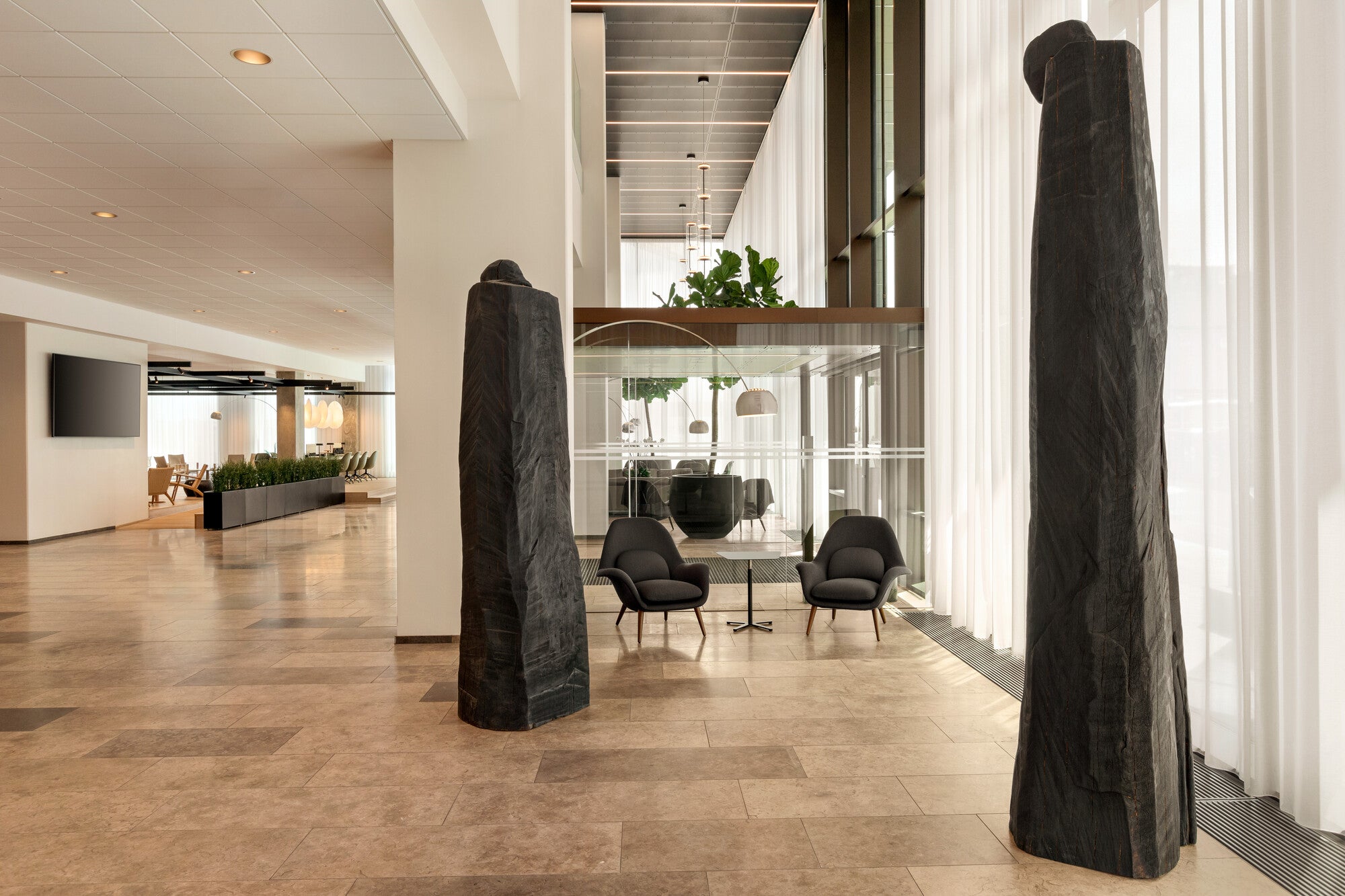This Copenhagen neighbourhood is leading the way for sustainable cities
The Nordhavn district, 20 minutes from central Copenhagen, is positioning itself as a model sustainable community. Shilpa Ganatra takes a look

Your support helps us to tell the story
From reproductive rights to climate change to Big Tech, The Independent is on the ground when the story is developing. Whether it's investigating the financials of Elon Musk's pro-Trump PAC or producing our latest documentary, 'The A Word', which shines a light on the American women fighting for reproductive rights, we know how important it is to parse out the facts from the messaging.
At such a critical moment in US history, we need reporters on the ground. Your donation allows us to keep sending journalists to speak to both sides of the story.
The Independent is trusted by Americans across the entire political spectrum. And unlike many other quality news outlets, we choose not to lock Americans out of our reporting and analysis with paywalls. We believe quality journalism should be available to everyone, paid for by those who can afford it.
Your support makes all the difference.On 28 March 2020, Copenhagen’s newest metro station of Nordhavn quietly opened, linking the brand new district with the rest of the Danish capital in a swift 20-minute journey. It was the biggest milestone yet in a 40-year plan to transform the former industrial harbour into a carbon-neutral, holistically sustainable “smart city” for 40,000 residents that combines the latest thinking and technology with world-leading innovations.
Only the big moment was dampened by the small issue of a global pandemic. “The metro opening was supposed to be a huge celebration with the crown prince and the minister for transport,” says Rune Boserup, the project director at Cobe, the architects responsible for the Nordhavn project. “But because it was Covid times, it was cancelled. Instead we celebrated by staying at home.”
While much of Nordhavn remains under construction (it’s all due to be completed by 2050), the area around the metro station is the first to have been more or less finished. Today, strolling down the main high street, Ärhusgade, you find an industrial-chic ruggedness that gives it more soul than similar developments.
Walking and cycling tours of Nordhavn have popped up, showing off the buildings that create a skyline as distinctive as London’s or New York’s
Life is already largely as Boserup and his colleagues intended. Residents frequent the supermarket one end, the cinema at the other, and its rows of choice shops and restaurants in between. To the right, there’s the awe-inspiring sight of Portland Towers, the double-barrelled cement stores now reworked into offices overlooking Sandkaj Harbour, the swimming area.
Last summer, this boardwalk was the place for groups and sun and sea bathers to hang out, although today only one brave soul in his budgie smugglers tiptoes towards the icy November waters. During the warmer months, it’s not just swimming that takes place here – Green Kayak, the organisation that rents out kayaks for free in return for collecting rubbish from the water, has a Nordhavn outpost.

With its many waterways and even more canals in progress, Cobe founder Dan Stubbergaard says Nordhavn (pronounced something closer to “nor-haun” in Danish) will be “the Scandinavian version of Venice”, which you can imagine if you squint and swap the heritage Gothic architecture for futuristic-looking apartment blocks.
Already, walking and cycling tours of Nordhavn have popped up, showing off the buildings that create a skyline as distinctive as London’s or New York’s. There’s the gleaming peacock-blue Copenhagen International School on the waterfront, and UN City across from Sandkaj Harbour. The former grain store of the Silo towers above its neighbouring buildings, and its rooftop restaurant offers remarkable views and haute cuisine.
The peaceful ‘Green Loop’ is a modern-day, car-free expressway that makes walking safer and cycling a breeze
Visitors to the area will quickly notice the lack of cars, as walking and cycling are the main ways to get around. Linking the neighbourhood and the metro station, the peaceful “Green Loop” is a modern-day, car-free expressway that makes walking safer and cycling a breeze, even for this wobbly newbie.
It’s a reminder that, with the rest of Copenhagen, Nordhavn is also set to go carbon neutral in the near future (the capital’s original target has shifted from 2025 to a more realistic 2030). But sustainability has been at Nordhavn’s forefront from the get-go.
Every building here reaches high standards of energy efficiency, with solar panels a common sight, and a city-wide heating and cooling system that lowers its carbon footprint dramatically. The finer details have been thought through exhaustively, too – one example is a community exchange area to leave or pick up recyclable items like airers, office chairs and plant pots.
The businesses within the district are expected to set examples in sustainability. Letz Sushi and Hotel Comwell are two of the first establishments to have moved in; both are part of chains renowned for their sustainable practices (peek inside the restaurant at Hotel Comwell to see the mushroom farm grown using old coffee grounds).

At Hija de Sanchez Cantina, a year-old taqueria from former Noma chef Rosio Sanchez, they consciously limit their use of resources – whether reusing table water to mop the floors, or composting the food waste they can’t repurpose. Over a taco or two, head chef Laura Flores explains that Sanchez’s four restaurants import corn from Mexico for the best-quality ingredients, but they only buy excess from different communities so producers can see to their own needs first.
“That means we don’t always know if we’re getting blue, red or yellow corn, and we have to test and change recipes because they’re not interchangeable,” she says. “But it works out in the long run.”
At Hija de Sanchez, staff use table water to mop floors and compost food waste they can’t repurpose
But this sustainable utopia isn’t without its flaws. Even with a small amount of social housing on offer, its sky-high property prices – around 3.5 times higher than the rest of Copenhagen – have earnt it the nickname “rich man’s ghetto”.
“At the start, it was easy to say you want mixed social make-up, but then it’s a very attractive neighbourhood, so investors have been able to do good business here,” says Stubbergaard. “So it’s not socially sustainable yet, in my eyes. But during the six years since building this area, we’ve implemented the idea that 25 per cent of the houses we build on the other islands in Nordhavn have to be social housing.”
With four-fifths of it yet to be built, there’s ample opportunity to adjust the planners’ approach, which also involves making more green spaces. For now, Nordhavn is a cutting-edge location to explore all of Copenhagen, or spend a day along its waterways. Just don’t forget the budgie smugglers.
Join our commenting forum
Join thought-provoking conversations, follow other Independent readers and see their replies
Comments